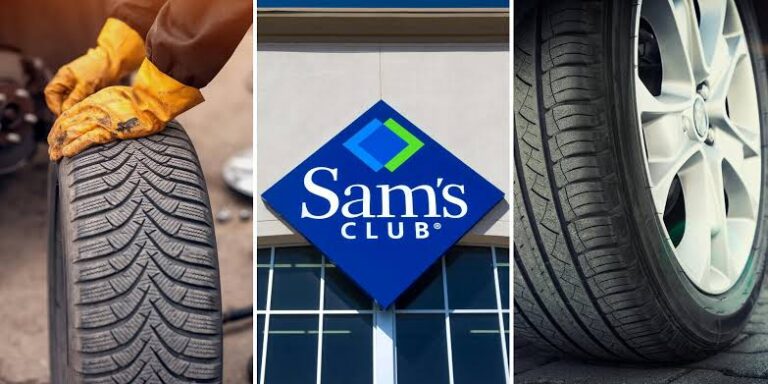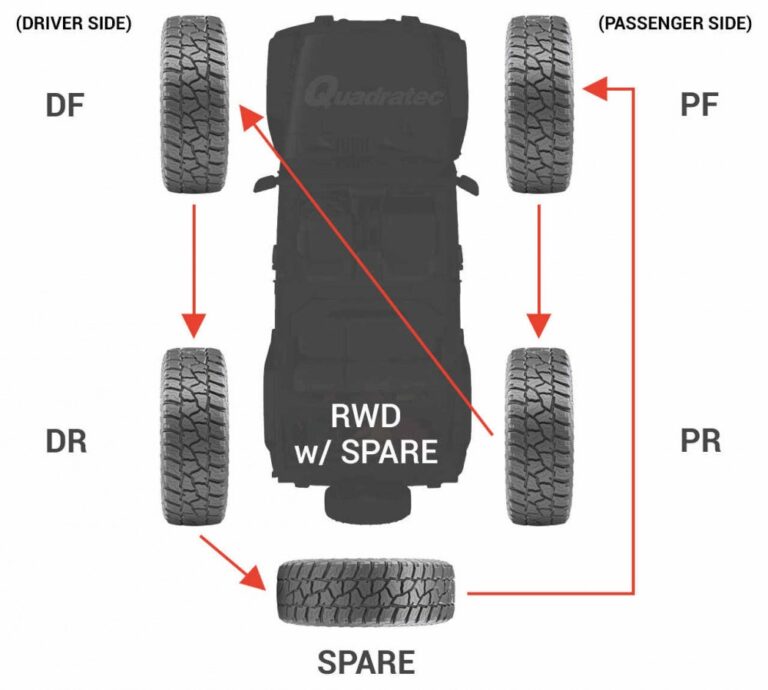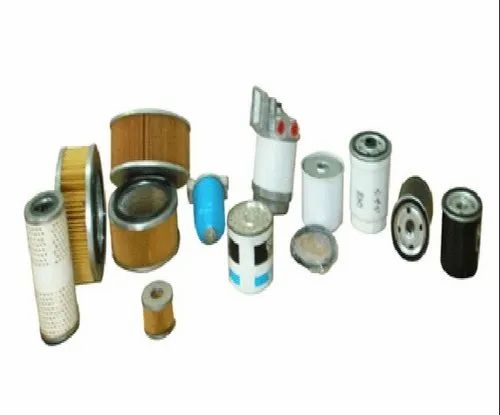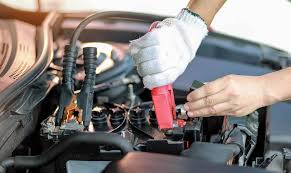Does a 2004 Chrysler Sebring Have a Brake Light?

If you’re driving a 2004 Chrysler Sebring or considering purchasing one, you may be curious about its features, including the brake light system. Brake lights are a critical safety component in any vehicle, ensuring that drivers behind you are aware when you’re slowing down or coming to a stop. Let’s explore whether the 2004 Chrysler Sebring has brake lights and some essential details about them.
Understanding Brake Lights in the 2004 Chrysler Sebring
1. Does It Have Brake Lights?
Yes, the 2004 Chrysler Sebring is equipped with brake lights. As a standard safety feature, all vehicles manufactured after the mid-1980s are required to have functioning brake lights, including the third brake light (center-mounted). The Sebring follows these regulations and includes:
- Two rear brake lights: Located on the left and right sides of the vehicle.
- One center-mounted brake light: Positioned higher for better visibility.
2. Location of the Brake Lights
- Rear Tail Lights: The brake lights are integrated into the rear tail light assemblies.
- High-Mount Brake Light: Typically located at the top of the rear windshield or rear deck lid, depending on the Sebring model.
Why Are Brake Lights Important?
1. Safety
Brake lights signal to other drivers when you’re slowing down or stopping, reducing the risk of rear-end collisions.
2. Legal Requirements
Driving without functional brake lights is illegal in most regions and can result in fines or penalties.
3. Preventing Accidents
Properly working brake lights improve road safety for you and other drivers.
Common Issues With Brake Lights
1. Burned-Out Bulbs
- Over time, brake light bulbs can burn out and need replacement.
- Symptoms: The brake lights won’t illuminate when the pedal is pressed.
2. Faulty Brake Light Switch
- A malfunctioning brake light switch can prevent the lights from activating.
- This switch is located near the brake pedal.
3. Wiring Problems
- Damaged or corroded wiring can interrupt the connection to the brake lights.
4. Fuse Issues
- A blown fuse may disable the brake lights.
- The fuse box in the 2004 Sebring is usually located under the dashboard or in the engine compartment.
How to Check the Brake Lights on a 2004 Chrysler Sebring
1. Visual Inspection
- Park the vehicle and turn on the ignition.
- Press the brake pedal and observe if the rear brake lights illuminate.
2. Use a Helper
- Ask someone to stand behind the car while you press the brake pedal.
3. Check the High-Mount Brake Light
- Ensure the center brake light is also functioning correctly.
4. Use Reflections
- If you’re alone, check the brake lights’ reflection in a window or mirror while pressing the pedal.
Replacing Brake Lights on a 2004 Chrysler Sebring
If the brake lights aren’t working, follow these steps to replace them:
1. Gather Tools
- Replacement bulb (check the owner’s manual for the correct size).
- Screwdriver (if needed).
2. Access the Tail Light Assembly
- Open the trunk and locate the tail light assembly.
- Remove the screws or clips holding the assembly in place.
3. Replace the Bulb
- Twist the bulb socket to remove it from the assembly.
- Pull out the old bulb and insert the new one.
4. Reassemble and Test
- Secure the assembly back in place and test the brake lights.
FAQs
1. What type of bulbs does the 2004 Chrysler Sebring use for brake lights?
The specific bulb type can vary depending on the model and trim. Consult the owner’s manual or check with an auto parts store for the correct bulb.
2. Can I drive without brake lights?
No, driving without functional brake lights is unsafe and illegal in most areas.
3. How much does it cost to replace a brake light bulb?
Replacement bulbs are inexpensive, typically costing between $5 and $15. Labor costs may vary if you choose professional installation.
Conclusion
The 2004 Chrysler Sebring is equipped with brake lights, including two rear lights and a high-mount center brake light. These lights are crucial for road safety and are legally required to function properly. If you notice any issues, such as burned-out bulbs or faulty wiring, address them promptly to avoid accidents and penalties. Regular inspections and maintenance ensure your brake lights are always in top condition.
Also Check:





